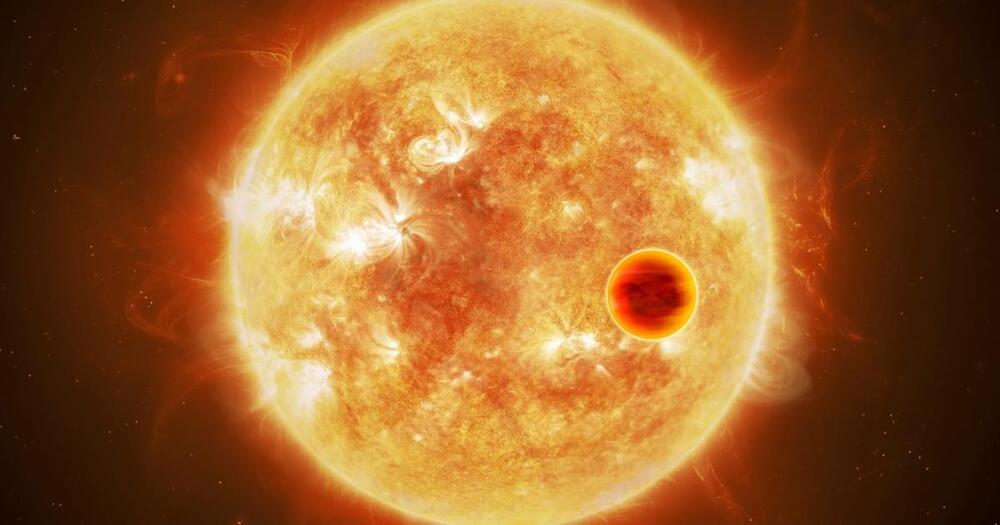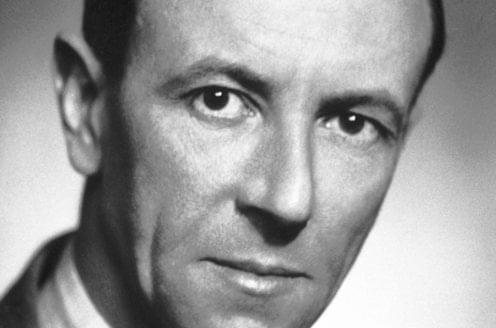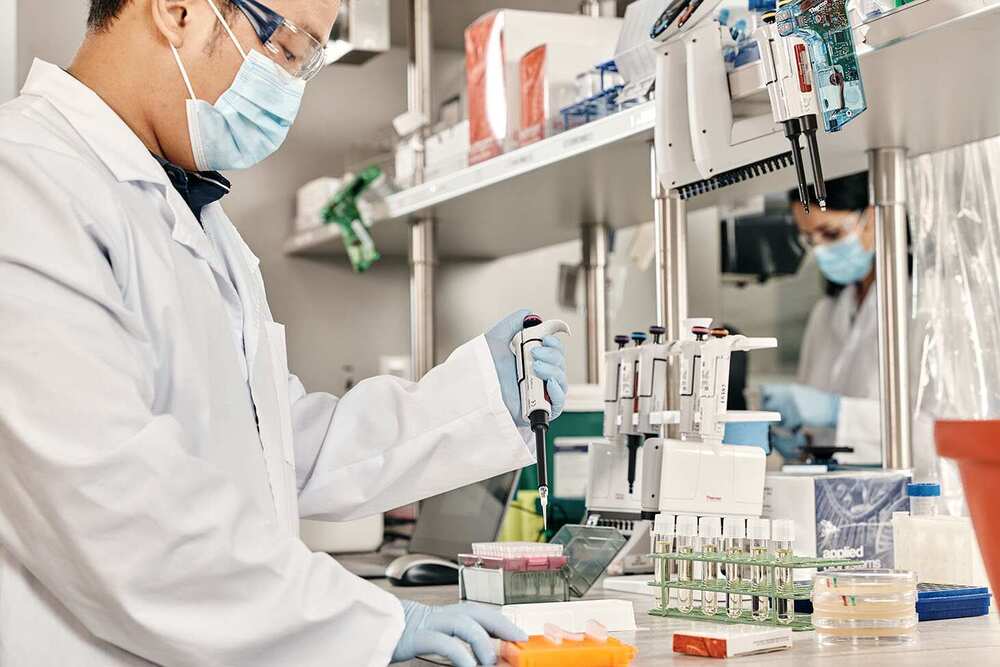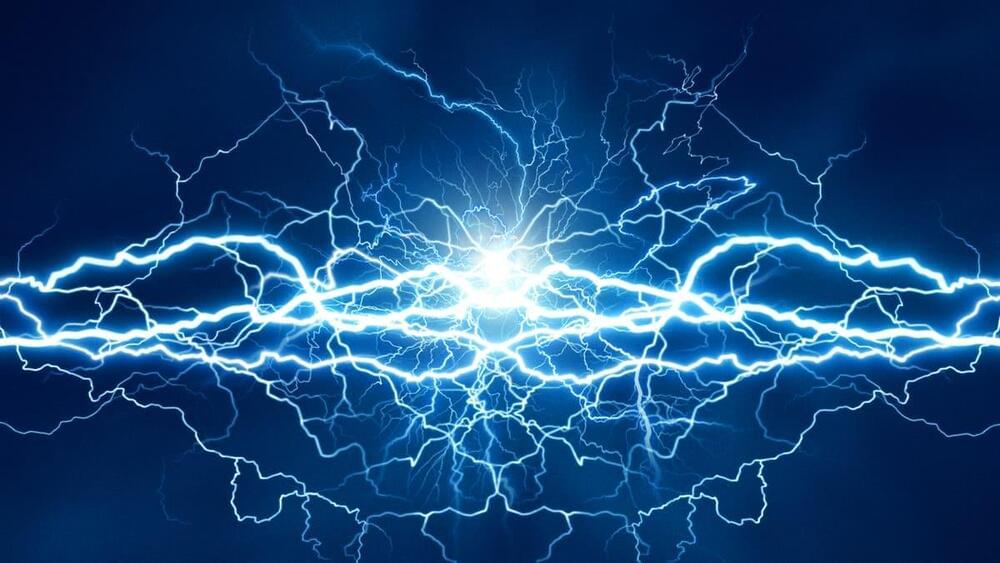https://youtube.com/watch?v=1Uxaq-p0oHs
First Broadcast: July 29, 2019
🇺🇸 Biden to Replace US Dollar?! https://londonreal.tv/bidenbucks.
🔥 Join my Crypto & DeFi Academy: https://londonreal.tv/defi-ytd.
🍿 Watch the full Ben Goertzel interview for free: https://londonreal.tv/dr-ben-goertzel-will-artificial-intelligence-kill-us/
🔔 SUBSCRIBE ON YOUTUBE: http://bit.ly/SubscribeToLondonReal.
▶️ FREE FULL EPISODES: https://londonreal.tv/episodes.
#BenGoertzel #AI #artificialintelligence #AGI #DeFi #Crypto #LondonReal #BrianRose #Cryptocurrency #Bitcoin #Ethereum.
LATEST EPISODE: https://londonreal.link/latest.
DISCLAIMER: Content on this channel references an opinion and is for information purposes only. It is not intended to be investment advice. Seek a duly licensed professional for investment advice.




